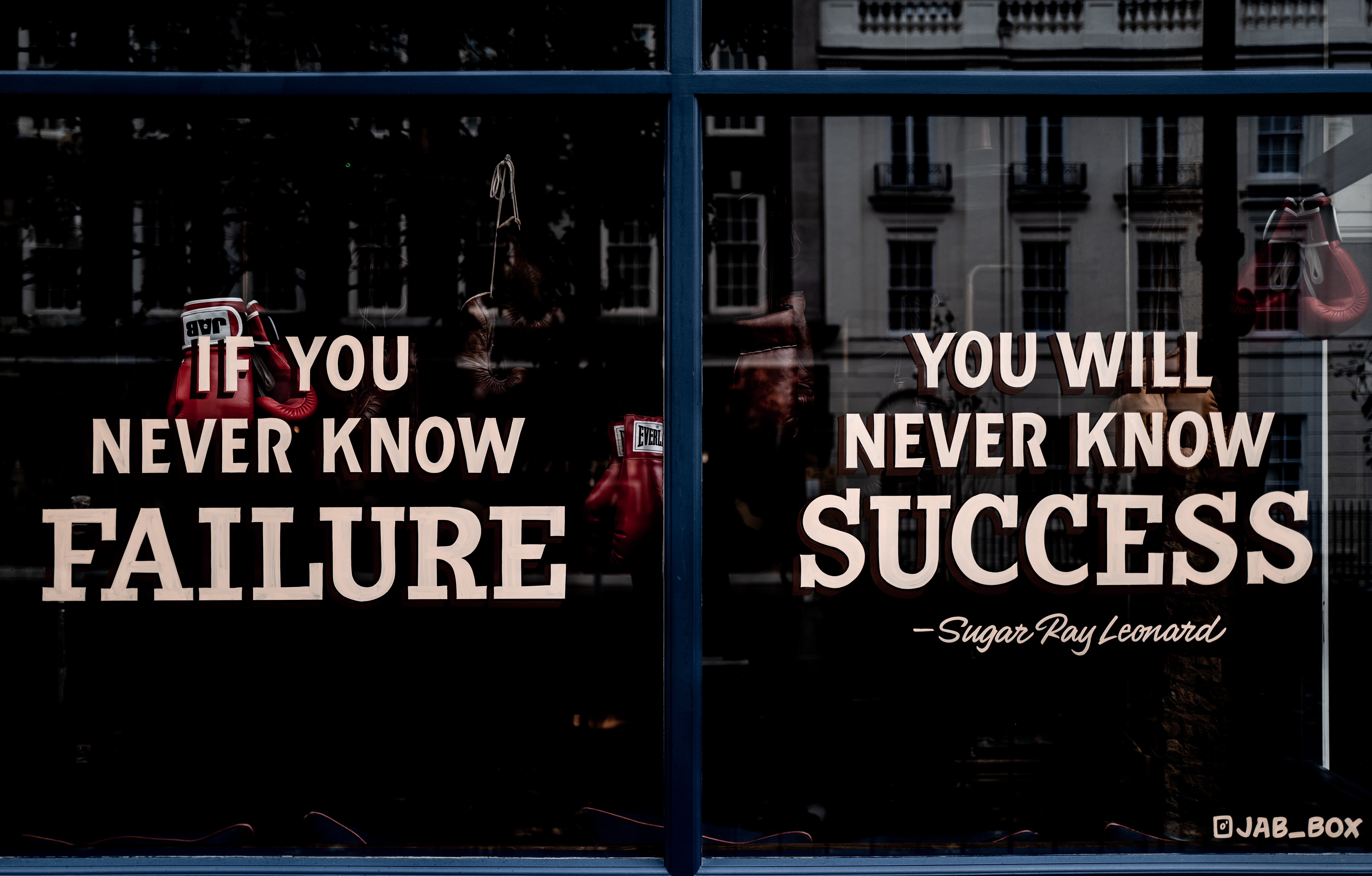The trial-and-error business approach lets business owners try various strategies, make mistakes, and learn from them. The method enables you, the business owner, to use mistakes as stepping stones to expand your business. It also helps you to identify a strategy that is not working for your business so that you can let it go.
What is trial-and-error in business?
 Photo by Austin Distel on Unsplash
Photo by Austin Distel on UnsplashAs a student in science class, you learned that successful experiments are part of a trial-and-error process known as the Scientific Method. Trial-and-error is the same in business as it is in high school science. You will develop, implement, study and adjust all procedures, products, services, etc., of your new business until you find optimal success.
An example of trial-and-error in a new business
Lacy owns and operates Lacy's Lace Designs, a lace-making company based out of Lacy's hometown of Sacramento, CA. Lacy has a new idea to add a weeknight lace-making class to her store. Lacy has seen the success of paint studios implementing painting classes with the added benefit of socializing for a small fee.
A one-night class of lace weaving will cost $45 per person. Potential students can even choose to add snacks and wine to their class for an extra $15. The possible $60 per person could significantly impact Lacy's small store while also teaching people how to weave lace.
Lacy begins her program and has ten people book her class on the first week. Eight people book for week two, four people book for week three, and just one person books for the fourth week. The dwindling number of participants has Lacy concerned. While feedback has been positive, Lacy knows she needs to adjust her classes, offerings, pricing, etc., to pull in more class bookings. She will make a few adjustments and try for one more month before Lacy scraps her lace weaving class.
How to use trial-and-error in your new business
When starting a business, you need to understand that every business idea has potential. When beginning your company, you may find you do not know how to do as many things as you thought, and that is okay. Part of the entrepreneurship journey is discovering a better way as you move forward. Always move forward, and use the trial-and-error approach to fuel your ambition.
Here are some tips on how to utilize the trial-and-error approach to elevate your start-up:
Take risks
For every entrepreneur, starting a business is the first risk they take, and it is the biggest risk of them all. To grow your business, you should be willing to take more risks. Look for opportunities to push yourself and your company. By stretching yourself, you may find that you can do more than you thought. And if not, oh well, at least you tried, and you learned from the experience.
Embrace your failures
 Photo by the blowup on Unsplash
Photo by the blowup on UnsplashWhen a baby takes its first steps, the parents cheer; they also cheer when they fall and encourage them to get back up and keep trying. The same can be said for your new business. As a new business owner, you will often fail, maybe daily, but you must learn from your failures and keep progressing. Have an open mind when it comes to your failures, and see if you can rework them into a new approach.
Quickly adapt
When we fail at something, it might be in our nature to pause or avoid the situation, afraid we will fail again, but, as we mentioned above, you need to embrace your failures, and may we add, quickly adapt.
As soon as you fail, create a fresh idea or draft a new strategy rather than giving up. Today's market is constantly changing, and a business needs to be the same way. Be willing to accept that an idea is no longer working and move on. The longer you take to recover from business frustrations, the lesser the chance of re-inventing your start-up and finding ways to move forward.
Key takeaways
Trial-and-error works best when you accept the mistakes you have made, develop new solutions and move forward. Constant movement is going to help any new business grow.














